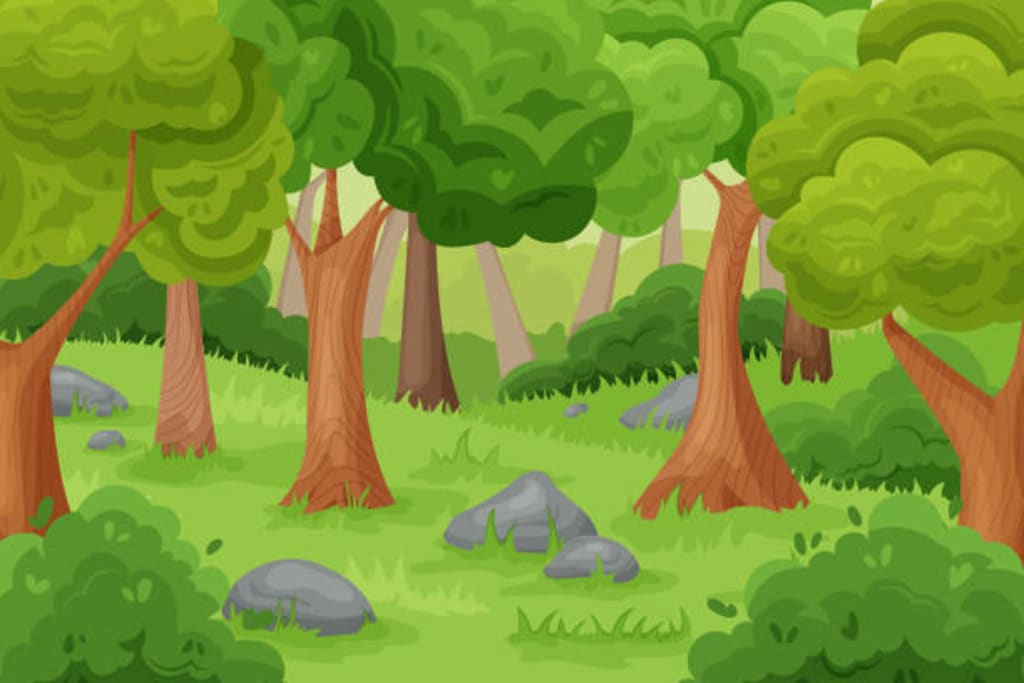Skills to Survive in the Wild
Basic Skills to know!

Imagine you're out in the wild, and suddenly a snake emerges from some bushes and bites you on the ankle. How unfortunate! But don't panic—there are steps you can take to stay safe. First, keep your heart rate and blood pressure low to slow down the spread of venom. Remove your shoes and socks to prepare for treatment. Now, let's determine whether the snake was venomous or not.
If you see two deep puncture wounds from fangs, it's likely a venomous snake. If the bite has small, sharp teeth marks in a u-shape, it's probably a non-venomous snake. There are around 600 venomous snake species, including vipers and cobras. Each has different types of venom and requires different treatments. If bitten by a viper, avoid putting pressure on the wound, as trapping the venom in one area could worsen tissue damage. Seek medical attention immediately. For a cobra bite, tie a bandage to stop the venom from spreading further and monitor the person's breathing.
Moving on to allergies, while most people respond to allergens with a runny nose or sneezing, some have more complex reactions. An itchy rash resembling dermatitis could appear up to a week after allergen exposure. For instance, someone developed an itchy rash from being allergic to nickel in braces. If you get blisters after sun exposure, it might be an allergic reaction. Allergies to medications or certain foods like limes and parsnips can also occur.
Imagine you're trapped in a car during a winter storm. Shivering is your body's way of generating heat when temperatures drop. However, shivering can only warm you for a limited time. If someone stops shaking and grows tired, take action. Remove wet clothes, warm their hands and feet, and apply warm, dry compresses to the chest, neck, or lower abdomen. Avoid warming the limbs suddenly, as this can drop core temperature.
Driving down an empty road, you hear an emergency broadcast about a tornado. A tornado watch means one is likely, while a tornado warning means it's already formed. Look out for hail—hail without rain could mean a tornado is coming. Tornadoes are characterized by still, quiet air followed by rapidly rotating clouds and a loud roaring sound. Debris falls, and a funnel-shaped cloud appears, pulling objects upward.
Approaching a bright green, foul-smelling water might pique curiosity, but it's best to stay away. Harmful algal blooms contain toxic gases produced by certain algae. These blooms can be harmful and even fatal if inhaled. Different types of algae release various toxins, affecting marine life and ecosystems. Harmful algal blooms thrive in nutrient-rich waters and can cause oxygen depletion, leading to significant ecological damage.
In the animal kingdom, some creatures look menacing but aren't necessarily dangerous. House centipedes, despite their appearance, help control pests like spiders and insects. Goliath bird-eating spiders and whale sharks, although large, pose little threat to humans. Marine creatures like thorny dragons and eye-eye lemurs are relatively harmless, as long as they're not provoked.
Remember, not everything scary-looking is truly dangerous. The key is to understand each creature's behaviour and assess the level of risk it poses. Stay curious, but always prioritise safety and respect for nature's wonders.
When it comes to the animal kingdom, appearances can indeed be deceiving. Ostriches, known for their speed, are more likely to flee than attack, and mute swans, although majestic, can become aggressive when protecting their nests. Magpies are intelligent birds that can befriend or remember those who mistreat them. Pelicans and California condors are mighty birds, but encounters with them are rare due to their dwindling populations.
Ultimately, nature's beauty and diversity hold a mixture of awe and caution. Exploring and appreciating these creatures is a privilege, but it's crucial to remember that understanding their behaviors and respecting their habitats ensures a harmonious coexistence. Embracing curiosity while keeping safety in mind enables us to navigate the fascinating realm of the animal kingdom with both wonder and wisdom.
About the Creator
Imogen Williams
Hey :) If you'd like to have a read, please do! Have a great day :)






Comments
There are no comments for this story
Be the first to respond and start the conversation.